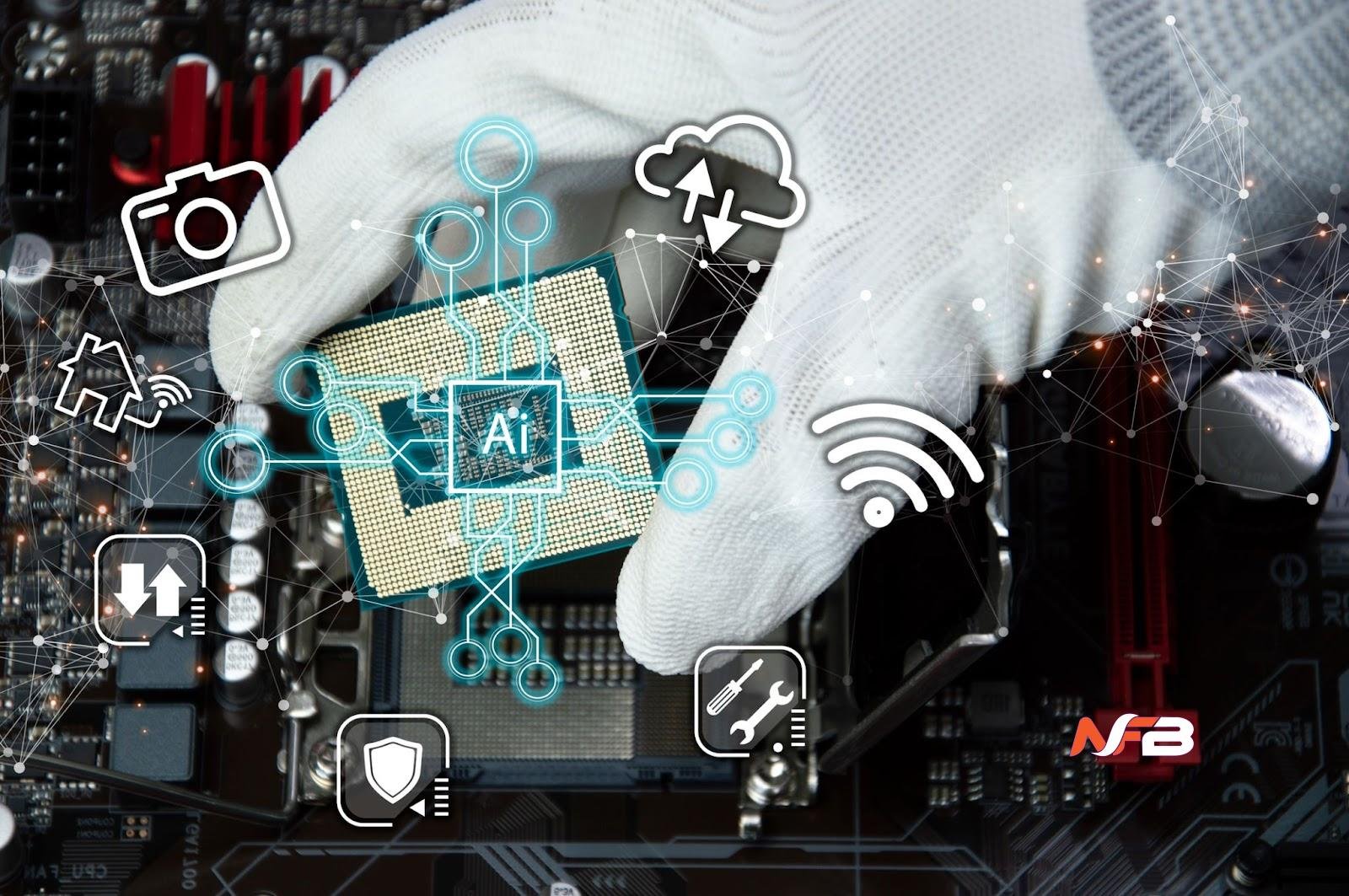The development of Artificial Intelligence has transformed diverse sectors globally today and this also includes the field of electronic component design and automation. With electronic devices becoming more efficient, faster and smaller, their design complexities especially for Printed Circuit Board also increases. This further increases the need for the utilization of tools to address the challenges associated with circuit design.
In this article we will take you through everything you should know about harnessing the power of AI for real0time electronic circuit design. You will also learn about how AI driven electronic design automation can revolutionize design processes. Continue reading to learn more.
Manufacturing and Desing in Electronics Industry
The integration of Generative AI in electronic design and manufacturing is currently triggering the development of high quality devices. Today manufacturers across the world are harnessing AI technology to redefine the efficiency of each production stage. Another thing worth noting is that generative AI has the potential to boost production timeline and customer development to further ensure the timely delivery of high quality products with little or no defects.
In addition it’s worth noting that generative AI offers solution to a wide range of functionality including aesthetics, and this is while reducing energy consumption and overall production costs. There are currently a wide range of AI simulation technologies and design assistants that allow designers and engineers to test products and visualize them in virtual environments before actual prototypes are created. The goal of this is to reduce material waste, enhance the practice of sustainable development and reduce design processes.
Routine Tasks Automation
With the increasing complexity of PCB design harnessing the power of AI can help in automating routine tasks associated with PCB design and this can further help in reducing the workload of designers. One of the key areas within this domain is component placement optimization. Conventional methods required designers to manually place the electrical components on the PCB layout, and this is a procedure that can take a significantly long period of time. However, with AI algorithms these tasks can be performed with much ease and within a short time. For instance AI algorithm can be used in analyzing different variables like thermal distribution, signal integrity and electrical connectivity to determine the ideal placement for each electrical component.
Another routine tasks that can enjoy the benefits of AI technology is routine optimization. Before now designers will manually draw traces between each electronic component and ensure that they meet design constraints and rules. However AI can help to streamline this process and automate he routine optimization. This can be by performing calculations to determine the most efficient path for each connection. Ultimately it will help in minimizing the size of the board and reduce manufacturing costs.
Quality Assurance
AI driven tools can also be used in optimizing pre-manufacturing processes to ensure premium design quality and reduce mistakes. A fundamental application to note is real-time design rule checking. Traditional workflows required that rules are checked regularly especially following every design process and this process was time consuming and hectic. However with AI technology these tasks can be performed in real time which further flags potential errors as soon as they occur. The use of this technology helps in ensuring that designers can correct mistakes very quickly. In addition AI also helps in reducing the potential for errors to occur during the design process.
In addition it’s worth noting that AI performs excellently when it comes to predictive analysis. It can be used in performing analysis on historical data with the aim of learning design failures that occurred in the past. With AI the potential for failure can also be predicted easily to help in avoiding these failures in newer designs. This further allows designers to handle various vulnerabilities even before the occur ultimately reducing redesign and debugging and saving time.
AI Powered CAD Applications for Electronics Design
The integration of computer-aided design applications with Generative AI introduces new dynamics to electronics design. Utilizing this technique for circuit design harnesses the potential of Generative AI algorithms to minimize power consumption, reduce production costs and optimize layouts. Ultimately this further makes everything cost effective for manufacturers and designers.
A key thing to understand is that Generative AI places a key role at important design stages. This includes design verification, implementation processes, RTL and design authoring and it achieves this by augmenting chip and circuits design workflows. Basically the importance of AI technology in this application rests on its potential to facilitate automation in system design.
The potential of AI technology is becoming increasingly significant in the electronics industry because it helps in enhancing product development cycles, expediting product delivery and shrinking defect rates. In addition AI helps in driving improvements in the quality of products while reducing cost.
Key Trends and Innovations in Electronics Manufacturing
There are currently multiple shift in the electronic industry especially following the development of artificial intelligence and the Internet of Things. The general projections within the industry is that AI will bring increased value to the manufacturing of electronics by 2026.
Some of the notable innovations in the industry today include SnapEDA’s tool SnapMagic Copilot that significantly highlights the trajectory of the industry. Another innovation to note is generative AI tool which influences design process to allows designers to effectively utilize AI algorithms to streamline process and increase design efficiency.
The bottom line is that the integration of generative AI alongside other manufacturing technologies like additive manufacturing shows great potential for the electronic industry. With that the electronics and semiconductor sectors are sure to experience an increase in software focused designs enhanced by the power of generative AI. This trend shift will also cause a revolution in chip design thereby stimulating a completely new era in process implementation and design verification.
As the electronic industry and manufacturers navigate the dual challenges of efficiency and innovation generative AI proves to be a great solution to both challenges. The utilization of the power of AI is sure to continuously revolutionize the design of quality electronic materials in the near future.
Read Also:- thejavasea.me Leaks AIO-TLP













Leave a Reply